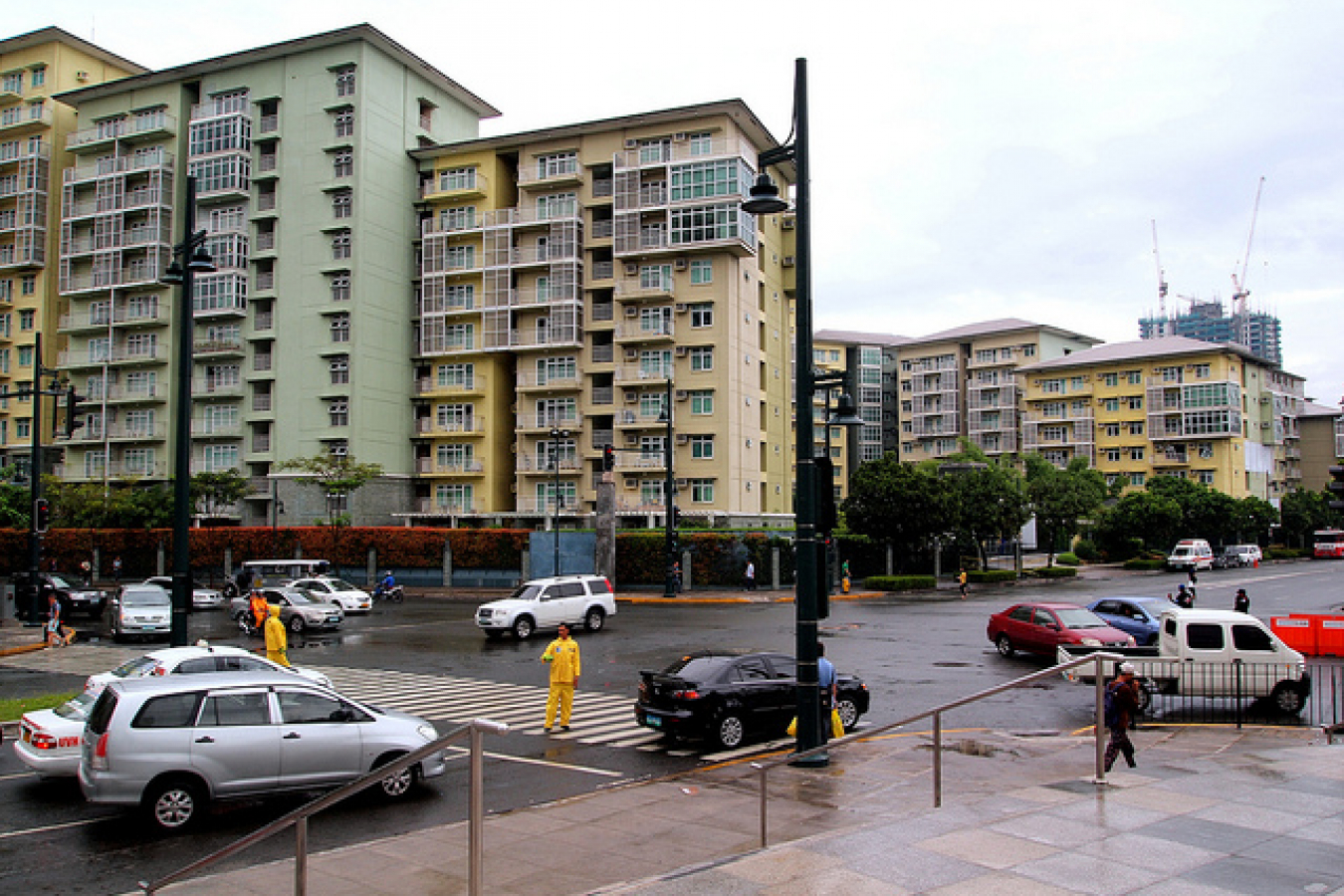Support migrant centric journalism today and donate

VISA BULLETIN FOR SEPTEMBER 2005
IMMIGRANT NUMBERS FOR SEPTEMBER 2005
A. STATUTORY NUMBERS
1. This bulletin summarizes the availability of immigrant numbers during September. Consular officers are required to report to the Department of State documentarily qualified applicants for numerically limited visas; the Bureau of Citizenship and Immigration Services in the Department of Homeland Security reports applicants for adjustment of status. Allocations were made, to the extent possible under the numerical limitations, for the demand received by August 8th in the chronological order of the reported priority dates. If the demand could not be satisfied within the statutory or regulatory limits, the category or foreign state in which demand was excessive was deemed oversubscribed. The cut-off date for an oversubscribed category is the priority date of the first applicant who could not be reached within the numerical limits. Only applicants who have a priority date earlier than the cut-off date may be allotted a number. Immediately that it becomes necessary during the monthly allocation process to retrogress a cut-off date, supplemental requests for numbers will be honored only if the priority date falls within the new cut-off date.
2. The fiscal year 2005 limit for Family-sponsored preference immigrants determined in accordance with Section 201 of the Immigration and Nationality Act (INA) is 226,000. The fiscal year 2005 limit for Employment-based preference immigrants calculated under INA 201 is 148,449. Section 202 prescribes that the per-country limit for preference immigrants is set at 7% of the total annual family-sponsored and employment-based preference limits, i.e., 26,211 for FY-2005. The dependent area limit is set at 2%, or 7,489.
3. Section 203 of the INA prescribes preference classes for allotment of immigrant visas as follows:
FAMILY-SPONSORED PREFERENCES
First : Unmarried Sons and Daughters of Citizens: 23,400 plus any numbers not required for fourth preference.
Second : Spouses and Children, and Unmarried Sons and Daughters of Permanent Residents: 114,200, plus the number (if any) by which the worldwide family preference level exceeds 226,000, and any unused first preference numbers:
A. Spouses and Children: 77% of the overall second preference limitation, of which 75% are exempt from the per-country limit;
B. Unmarried Sons and Daughters (21 years of age or older): 23% of the overall second preference limitation.
Third : Married Sons and Daughters of Citizens: 23,400, plus any numbers not required by first and second preferences.
Fourth : Brothers and Sisters of Adult Citizens: 65,000, plus any numbers not required by first three preferences.
EMPLOYMENT-BASED PREFERENCES
First : Priority Workers: 28.6% of the worldwide employment-based preference level, plus any numbers not required for fourth and fifth preferences.
Second : Members of the Professions Holding Advanced Degrees or Persons of Exceptional Ability: 28.6% of the worldwide employment-based preference level, plus any numbers not required by first preference.
Third : Skilled Workers, Professionals, and Other Workers: 28.6% of the worldwide level, plus any numbers not required by first and second preferences, not more than 10,000 of which to "Other Workers". Schedule A Workers are entitled to up to 50,000 "recaptured" numbers.
Fourth : Certain Special Immigrants: 7.1% of the worldwide level.
Fifth : Employment Creation: 7.1% of the worldwide level, not less than 3,000 of which reserved for investors in a targeted rural or high-unemployment area, and 3,000 set aside for investors in regional centers by Sec. 610 of P.L. 102-395.
4. INA Section 203(e) provides that family-sponsored and employment-based preference visas be issued to eligible immigrants in the order in which a petition in behalf of each has been filed. Section 203(d) provides that spouses and children of preference immigrants are entitled to the same status, and the same order of consideration, if accompanying or following to join the principal. The visa prorating provisions of Section 202(e) apply to allocations for a foreign state or dependent area when visa demand exceeds the per-country limit. These provisions apply at present to the following oversubscribed chargeability areas: CHINA-mainland born, INDIA, MEXICO, and PHILIPPINES.
5. On the chart below, the listing of a date for any class indicates that the class is oversubscribed (see paragraph 1); "C" means current, i.e., numbers are available for all qualified applicants; and "U" means unavailable, i.e., no numbers are available. (NOTE: Numbers are available only for applicants whose priority date is earlier than the cut-off date listed below.)
| All Chargeability Areas Except Those Listed | CHINA-mainland born | INDIA | MEXICO | PHILIP-PINES | |
|---|---|---|---|---|---|
| Family | |||||
| 1st | 15APR01 | 15APR01 | 15APR01 | 01JAN83 | 22MAR91 |
| 2A* | 22SEP01 | 22SEP01 | 22SEP01 | 15AUG98 | 22SEP01 |
| 2B | 01APR96 | 01APR96 | 01APR96 | 01JAN91 | 01APR96 |
| 3rd | 15MAR98 | 15MAR98 | 15MAR98 | 01JAN92 | 08SEP90 |
| 4th | 15DEC93 | 15DEC93 | 01JUN93 | 01JAN87 | 01MAR83 |
*NOTE: For September, 2A numbers EXEMPT from per-country limit are available to applicants from all countries with priority dates earlier than 15AUG98. 2A numbers SUBJECT to per-country limit are available to applicants chargeable to all countries EXCEPT MEXICO with priority dates beginning 15AUG98 and earlier than 22SEP01. (All 2A numbers provided for MEXICO are exempt from the per-country limit; there are no 2A numbers for MEXICO subject to per-country limit.)
| All Chargeability Areas Except Those Listed | CH | IN | ME | PH | |
|---|---|---|---|---|---|
| Employment-Based | |||||
| 1st | C | C | C | C | C |
| 2nd | C | C | C | C | C |
| 3rd | U | U | U | U | U |
| Schedule A Workers | C | C | C | C | C |
| Other Workers | U | U | U | U | U |
| 4th | C | C | C | C | C |
| Certain Religious Workers | C | C | C | C | C |
| 5th | C | C | C | C | C |
| Targeted Employment Areas/Regional Centers | C | C | C | C | C |
The Department of State has available a recorded message with visa availability information which can be heard at: (area code 202) 663-1541. This recording will be updated in the middle of each month with information on cut-off dates for the following month.
B. DIVERSITY IMMIGRANT (DV) CATEGORY
Section 203(c) of the Immigration and Nationality Act provides a maximum of up to 55,000 immigrant visas each fiscal year to permit immigration opportunities for persons from countries other than the principal sources of current immigration to the United States. The Nicaraguan and Central American Relief Act (NACARA) passed by Congress in November 1997 stipulates that beginning with DV-99, and for as long as necessary, up to 5,000 of the 55,000 annually-allocated diversity visas will be made available for use under the NACARA program. This reduction has resulted in the DV-2005 annual limit being reduced to 50,000 . DV visas are divided among six geographic regions. No one country can receive more than seven percent of the available diversity visas in any one year.
For September , immigrant numbers in the DV category are available to qualified DV-2005 applicants chargeable to all regions/eligible countries as follows. When an allocation cut-off number is shown, visas are available only for applicants with DV regional lottery rank numbers BELOW the specified allocation cut-off number:
| Region | All DV Chargeability Areas Except Those Region Listed Separately | ||
|---|---|---|---|
| AFRICA | AF | 46,700 | Except: |
| ASIA | AS | 11,400 | Except: Bangladesh 8,850 |
| EUROPE | EU | 20,500 | Except: Ukraine 18,150 |
| NORTH AMERICA (BAHAMAS) | NA | 13 | |
| OCEANIA | OC | CURRENT | |
| SOUTH AMERICA, and the CARIBBEAN | SA | 2,755 |
Entitlement to immigrant status in the DV category lasts only through the end of the fiscal (visa) year for which the applicant is selected in the lottery. The year of entitlement for all applicants registered for the DV-2005 program ends as of September 30, 2005. DV visas may not be issued to DV-2005 applicants after that date. Similarly, spouses and children accompanying or following to join DV-2005 principals are only entitled to derivative DV status until September 30, 2005. DV visa availability through the very end of FY-2005 cannot be taken for granted. Numbers could be exhausted prior to September 30.
C. ADVANCE NOTIFICATION OF THE DIVERSITY (DV) IMMIGRANT CATEGORY RANK CUT-OFFS WHICH WILL APPLY IN OCTOBER
For October , immigrant numbers in the DV category are available to qualified DV-2006 applicants chargeable to all regions/eligible countries as follows. When an allocation cut-off number is shown, visas are available only for applicants with DV regional lottery rank numbers BELOW the specified allocation cut-off number:
| Region | All DV Chargeability Areas Except Those Region Listed Separately | |
|---|---|---|
| AFRICA | AF | 6,000 |
| ASIA | AS | 1,000 |
| EUROPE | EU | 3,000 |
| NORTH AMERICA (BAHAMAS) | NA | 4 |
| OCEANIA | OC | 140 |
| SOUTH AMERICA, and the CARIBBEAN | SA | 135 |
D. EMPLOYMENT VISA AVAILABILITY DURING FY-2006
The backlog reduction efforts of both Citizenship and Immigration Services, and the Department of Labor continue to result in very heavy demand for Employment-based numbers. It is anticipated that the amount of such cases will be sufficient to use all available numbers in many categories. As a result cut-off dates in the Employment Third preferency category will apply to the China, India, and Philippines chargeabilities beginning in October, and it is possible that Mexico may be added to this list. In addition, it is anticipated that heavy demand will require the establishment of a Third preference cut-off date on a Worldwide basis by December.
The amount of Employment demand for applicants from China and India is also likely to result in the oversubcription of the Employment First and Second preference categories for those chargeability areas. The establishment of such cut-off dates is expected to occur no later than December.
The level of demand in the Employment categories is expected to be far in excess of the annual limits, and once established, cut-off date meovements are likely to be slow.
E. DETERMINATION OF THE FY-2005 NUMERICAL LIMITS AS REQUIRED UNDER THE TERMS OF THE IMMIGRATION AND NATIONALITY ACT (INA)
The State Department is required to make a determination of the worldwide numerical limitations, as outlined in Section 201(c) and (d) of the INA, on an annual basis. These calculations are based in part on data provided by the Citizenship and Immigration Service (CIS) regarding the number of immediate relative adjustments in the preceding year and the number of aliens paroled into the United States under Section 212(d)(5) in the second preceding year. Without this information, it is impossible to make an official determination of the annual limits. On July 27th, CIS provided the required data to VO.
The Department of State has determined the family and employment preference numerical limits for FY-2005 in accordance with the terms of Section 201 of the INA. These numerical limitations for FY-2005 are as follows:
Worldwide Family-Sponsored preference limit: 226,000
Worldwide Employment-Based preference limit: 148,449
Under INA Section 202(A), the per-country limit is fixed at 7% of the family and employment annual limits. For FY-2005 the per-country limit is 26,211. The dependent area annual limit is 2%, or 7,489.





















